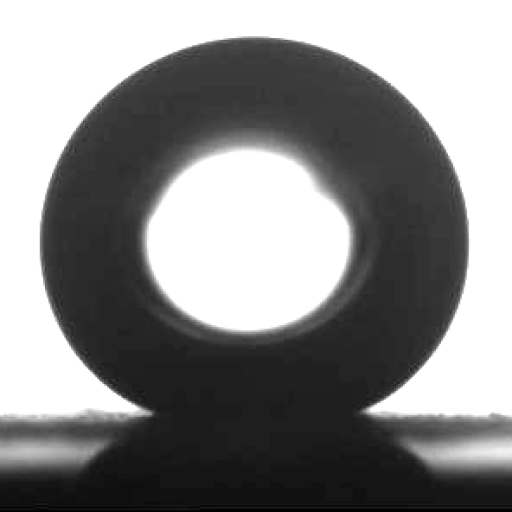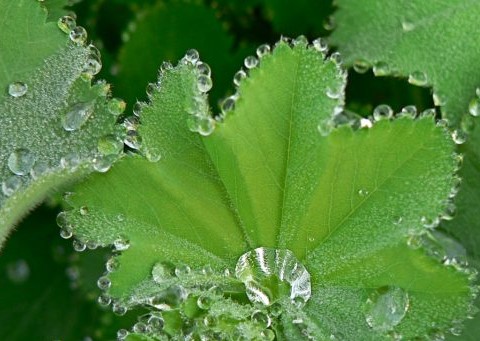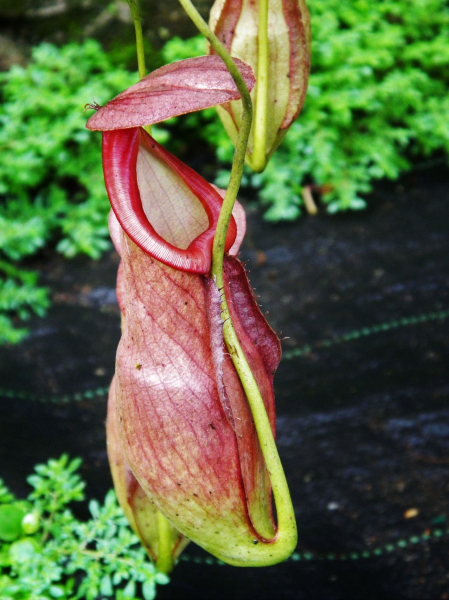
Introduction
Water is all around us. On a wet day, we need coats to keep us dry, windscreen wipers so we can see out of a car window. There are few things more essential for life. Nature controls water in a myriad of ways. The Lotus leaf cleanses itself of dust when it rains, a beetle in the desert collects drinking water from an early morning fog and some spiders walk on water. We understand so little of how to mimic the adaptations to water that Nature has evolved, but what we do know helps us use this natural resource so much better. We want to be able to create surfaces that are extremely water repellent and from which droplets of water simply roll off. To do this, we need to know why water forms a pancake-like film on one surface and a rolled up ball on another. This knowledge will help us to create better clothes, windscreens, and even miniature bio-chemical factories on the size of a credit card.
Surfaces can remain dry if water “balls up” on them and then rolls off, like on a Lotus leaf for example. These are known as superhydrophobic surfaces. Other surfaces can be slippery but not superhydrophobic. This is seen in nature in the Nepenthes pitcher plant, where when wet, the surface is so slippery to the feet of ants and other insects that they fall into the pitchers and can’t escape. Find out more about these two types of surfaces below.
Learn more
Follow the links below to find out more.
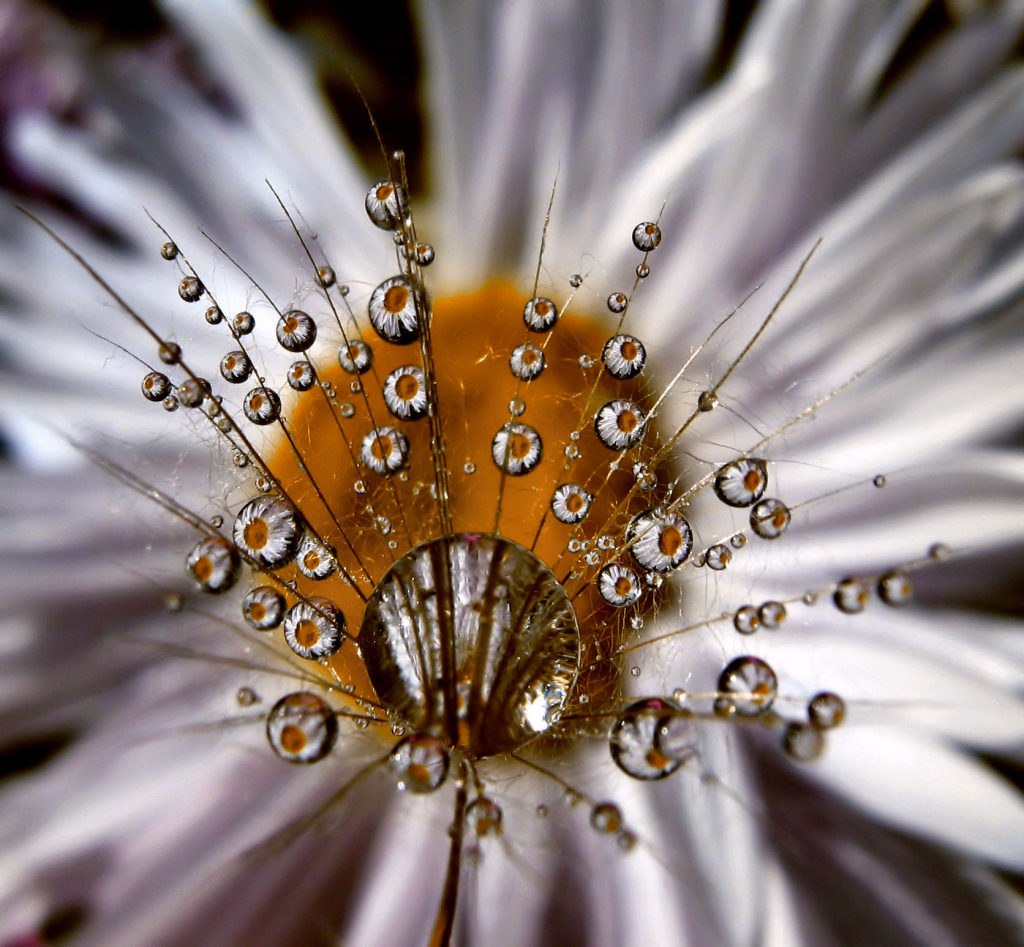
Bioinspiration
The ways animals and plants manipulate surfaces to control water. Image courtesy of Nevena Uzurov.
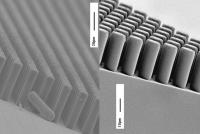
Artificial Surfaces
How we can learn from nature to make surfaces with novel water-controlling effects.
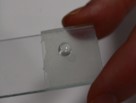
Research Groups
Details of the research groups involved with Nature’s Raincoats.
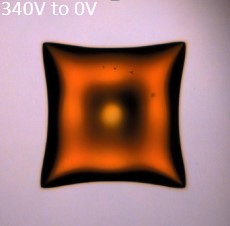
Recent Research
See some of the recent work involving the group who are now at the University of Edinburgh.
